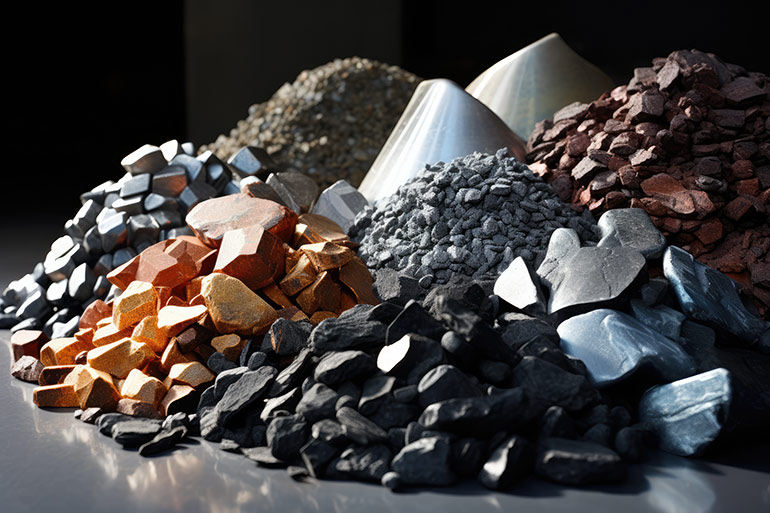By Josh Cosford, Contributing Editor
This is part 6 in this series on hydraulic oil analysis, and if you’ve missed any of the previous issues, you can find them here — part 1, part 2, part 3, part 4, and part 5. I’ve covered everything from viscosity to water saturation already, and we’re not done with the qualities that an oil analysis lab can measure and report on. This month’s subject is spectrometry.
One of the advanced methods for monitoring the health of hydraulic oil is spectrography, a technique that offers detailed insights into the composition and contamination levels of hydraulic fluids. By integrating spectrography into hydraulic oil analysis programs, operators can detect potential issues early, optimize maintenance schedules, and extend the life of their equipment.

Spectrography, also known as spectroscopy, is an analytical technique that measures the interaction of light with matter to determine the chemical composition of a sample. In hydraulic oil analysis, spectrography is primarily used to detect and quantify the presence of wear metals, contaminants, and additives in the oil. The process involves passing a light beam through the oil sample and measuring the wavelengths absorbed or emitted by the elements present. Each element has a unique spectral signature, allowing precise identification and quantification.
Because of the conditions in which hydraulic machines operate, there are so many combinations of pumps, valves, cylinders, motors and plumbing systems with myriad construction materials. In hydraulics, you might see cast iron pump, valve and motor bodies, bronze or brass wear items, stainless steel cylinders or zinc oil additives. Each of these items has the capacity to wear, releasing molecules into your oil.
In a recent oil analysis report I helped a customer with, twenty-four elements were listed. I say elements because although spectrometry can measure compounds, most tests will provide results for only primary elements. The typical test standard is ASTM D5185, which selects twenty-two elements to test to provide rapid screening of oils for indications of wear.
Spectrography is highly effective at identifying wear metals such as iron, copper, aluminum, and chromium. The presence of these metals in hydraulic oil can indicate abnormal wear in components like pumps, valves, and cylinders, and by identifying wear metals early, maintenance teams can identify the source of wear. For example, the increased presence of iron, as seen in regular testing, may only come from items like cast iron pistons, valve bodies, pump and motor housings or manifolds. Knowing the metal allows you to narrow down your search to the offending part.
In addition to wear metals, regular oil analysis, including spectrography, identifies the concentration of oil additives with primary elements as a base. For example, calcium, phosphate, zinc, magnesium, barium and boron may be part of the oil manufacturer’s additive package. For example, phosphorus may be added for its anti-wear and pressure resistance properties, while zinc is selected for its anti-wear and antioxidant properties. Testing for these elements provides insight into fluid health and whether the oil’s additives should be topped up to factory levels or replaced altogether.
As with many other oil analysis options, you should test at regular intervals and observe the trends. Oil analysis is a vastly underutilized predictive maintenance tactic and can be combined with the many PdM techniques like vibration analysis, infrared thermography, etc., to help your plant avoid unpredicted downtime.
Filed Under: Components Oil Coolers, Engineering Basics, Featured, Fluid Conditioning, Fluids, Sealing & Contamination Control Tips, Technologies